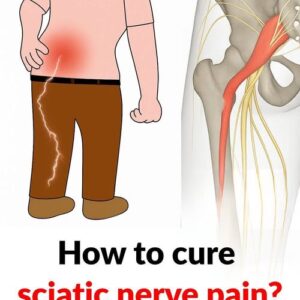ADHD (attention-deficit/hyperactivity disorder) is a lifelong condition affecting millions of children, often continuing into adulthood. It involves difficulties with attention, hyperactivity, and impulsivity.
There are four types:
Inattentive ADHD: Trouble concentrating, finishing tasks, staying organized, with little or no hyperactivity.
Hyperactive-impulsive ADHD: Excess energy, difficulty sitting still, overly talkative.
Combined type: Most common—shows both inattentive and hyperactive-impulsive symptoms.
Unspecified: Symptoms disrupt life but don’t fit other categories exactly.
Symptoms fall into two groups: inattention (difficulty focusing, losing things, avoiding tasks needing concentration) and hyperactivity/impulsivity (restlessness, trouble waiting or staying still).
The exact cause is unknown. Genetics plays a strong role—ADHD often runs in families, with certain genes linked to risk. Environmental factors like prenatal exposure to toxins, prematurity, and head injuries may also contribute.
Brain differences are seen in those with ADHD, including reduced gray and white matter in some regions and altered activity patterns, especially in the frontal lobes and cerebellum.
Other factors like poor sleep, anxiety, or depression can worsen symptoms. Overall, ADHD results from a mix of genetic, environmental, and brain-based factors.





